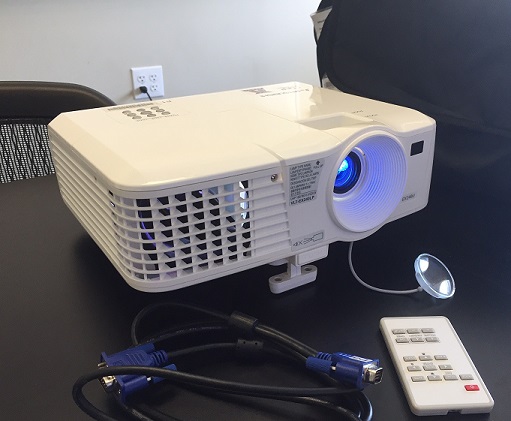With funding provided by the University, MU Libraries now have available the Web of Science databases. You can search the Web of Science Core Collection, any of the individual databases listed below, or search them all at once.
Search for a specific paper or a topic to generate a report showing times cited back to 1990.
Click on a journal title in your search results to view Impact factor, ranking and more for journals in that subject category from Journal Citation Reports (JCR)
The Web of Science database collection includes:
• Web of Science Core Collection (1990-present): This collection indexes thousands of scholarly journals, books, reports, conferences and more. Citation information and analysis with cited reference searching available. The collection includes Science Citation Index Expanded (1990-present), Social Sciences Citation Index Expanded (1990-present), Arts & Humanities Citation Index (1990-present), Conference Proceedings Citation Index (1990-present), Book Citation Index (2005-present), Current Chemical Reactions (1985-present) and Index Chemicus (1993-present).
• BIOSIS & BIOSIS Citation Index (1969-present): BIOSIS provides access to journals, reports, books, meetings, and U.S. patents in all disciplines of the life sciences, including traditional areas of biology, such as botany, zoology, and microbiology, as well as related fields such as plant and animal science, agriculture, pharmacology, and ecology.
• Current Contents Connect (1998-present): Current Contents Connect is a current awareness database that provides easy access to complete tables of contents, abstracts, bibliographic information, and abstracts from the most recently published issues of leading scholarly journals, as well as from more than 7,000 relevant, evaluated websites.
• Data Citation Index (1990-present): Data Citation Index indexes data sets from selected repositories around the world, and also enables the user to find data sets which cite a particular work. Coverage is 1990-present.
• Derwent Innovations Index (1993-present): Provides worldwide patent information and can be searched by text or chemical structures.
• KCI – Korean Journal Database (1980-present): KCI Korean Journal Database contains bibliographic information for scholarly literature published in Korea.
• MEDLINE (Web of Science) (1950-present): Premier life sciences database from the National Library of Medicine, covering biomedicine and life sciences, bioengineering, public health, clinical care, and plant and animal science. Search by topic, MeSH terms, and CAS registry numbers; link to NCBI databases and PubMed Related Articles. Includes times cited information from the Web of Science Core Collection.
• SciELO Citation Index (1997-present): Access to scholarly literature in sciences, social sciences, arts and humanities published in leading open access journals from Latin America, Portugal, Spain and South Africa.
• Zoological Record (1985-present): Zoological Record provides access to worldwide zoological literature, including all major areas of the field: behavior, ecology, evolution, habitat, nutrition, parasitology, reproduction, taxonomy, and zoogeography.
The new Web of Science subscription also includes access to an upgraded version of the Journal Citations Report (JCR; impact factors); Essential Science Indicators; and InCites, a benchmarking & analytics tool. Links to each are listed along the top of the main search page.
If you have questions or need help with your search, contact the Health Sciences Library Information Desk.

